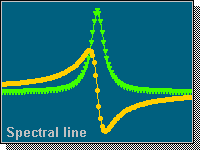 |
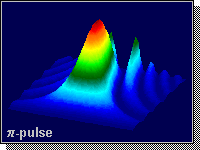 |
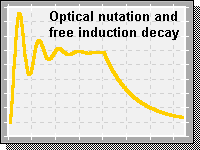 |
|
Presenting Virtual Nonlinear Optics Workbook (vNOW). The software enables students and scientists to perform numerical experiments in nonlinear optics of two- or multi-level atoms, and includes two dozen samples with study problems. A free demo. We hope you will enjoy using vNOW. With vNOW you will get your first result by pushing a single button. In the default simulation, a laser pulse is exactly tuned to an atomic transition. How does the picture change if the laser is tuned off? What is the effect of relaxation or spectral inhomogeneity? Just change the parameters and you will see. Step by step, the virtual experiment develops and so does your understanding of the phenomenon in hand. Alternatively, you may bring vNOW into play by opening a sample. The cornerstone of vNOW is an optimized code for computing the evolution of the density matrix of multi-level atoms. Monte Carlo method is included to calculate time-domain responses of a spectrally inhomogeneous ensemble of atoms. For each transition in a two-, three- or four-level atom you define its wavelength, and population and coherence decay times. For an arbitrary number of laser pulses with up to two frequency components, each of them interacting with a specified atomic transition, you may enter the values of amplitude, phase and detuning. The output is in the terms of the density matrix elements, i.e. in the terms of the population of energy levels and the coherence between a pair of levels. Simple dialogs and commands enable you to view results and generate student reports. The study problems help to learn more about the sample simulations. If you are interested in the dynamics of two- or multi-level atoms, their relaxation and interaction with light, the basics or hot topics of quantum interference – try vNOW! Download a free demo and study the built-in samples. Buy a license and start using the full version within minutes. |
 |
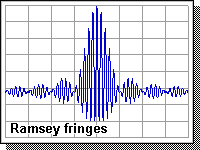 |
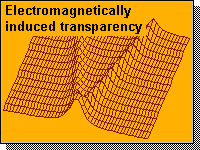 |